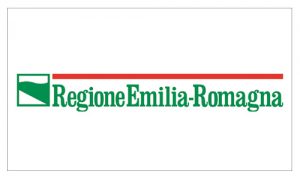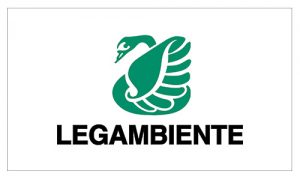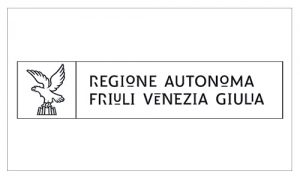The LIFECO2PES&PEF Project was set up to promote and support the forestry ecosystems in CO2 storage and prevent fire and windthrow risks through 3 specific and measurable objectives:
To identify a set of ecosystem services and assess their benefits in the three above-mentioned forestry areas.
An analysis will be carried out on the already present ecosystem services in the three geographic areas and on their eventual implementation by:
- Evaluating the contribution of the sustainable management of the forests, the conservation and increase in carbon-fixing and carbon storage capacity and of other studied ecosystem services
- Defining certification registers for the ecosystem services using the relevant scientific literature and past tried experiences
- Providing an economic evaluation of the ecosystem services supported and/or promoted and/or resulting from forestry management bureaucratic practices, which may be used to create an “ecosystem credit” system
To improve the forestry and forest-based industry system
The life cycle of wood-based products produced in these three areas conforming with the PEF methodology and EU Rec. 2013/179 whereby the industry’s impacts will be reduced to a minimum. Studies, operational plans and useful tools will be developed for the companies working in the forestry and forest-based sector. Specifically, this will involve:
- a screening of the forest-based industry, PEFCR (Product Environmental Footprint Category Rules) and support studies for its monitoring
- an operational plan to enhance the companies involved in the PEFCR support studies, which could reduce the industry impact by 2%
- a Toolkit for the forestry and forest-based industry companies so as to be able to replicate the PEF analysis in other areas and support them in obtaining the certifications for Green Public Procurement
To create an ecosystem credit system to finance the same ecosystem services.
It will be essential to introduce this type of credits on the voluntary market through the role the trade associations play in the sector. Therefore, a register and ecosystem credit market will be set up.
Moreover, policy-makers will be provided with the following support elements, which can be replicated not only in other regions but also at national and international level:
- information to draw up the adaptation plan
- guidelines on the good practices to increase the forestry ecosystem services that may be included in the Regional Rural Development Plan
- incentives for the use of wood according to the ‘waterfall’ methodology
The transformation of ecosystem services into “saleable products” by attributing an economic value based on a market positioning, despite being experimental, still does not have an established and standardised procedure that results in a positioning on a wide and organised market. Therefore, the LIFECO2PES&PEF Project aims to create a services validation protocol, which may be certified so as to transform the ecosystem services considered into “products” with a monetary value.









